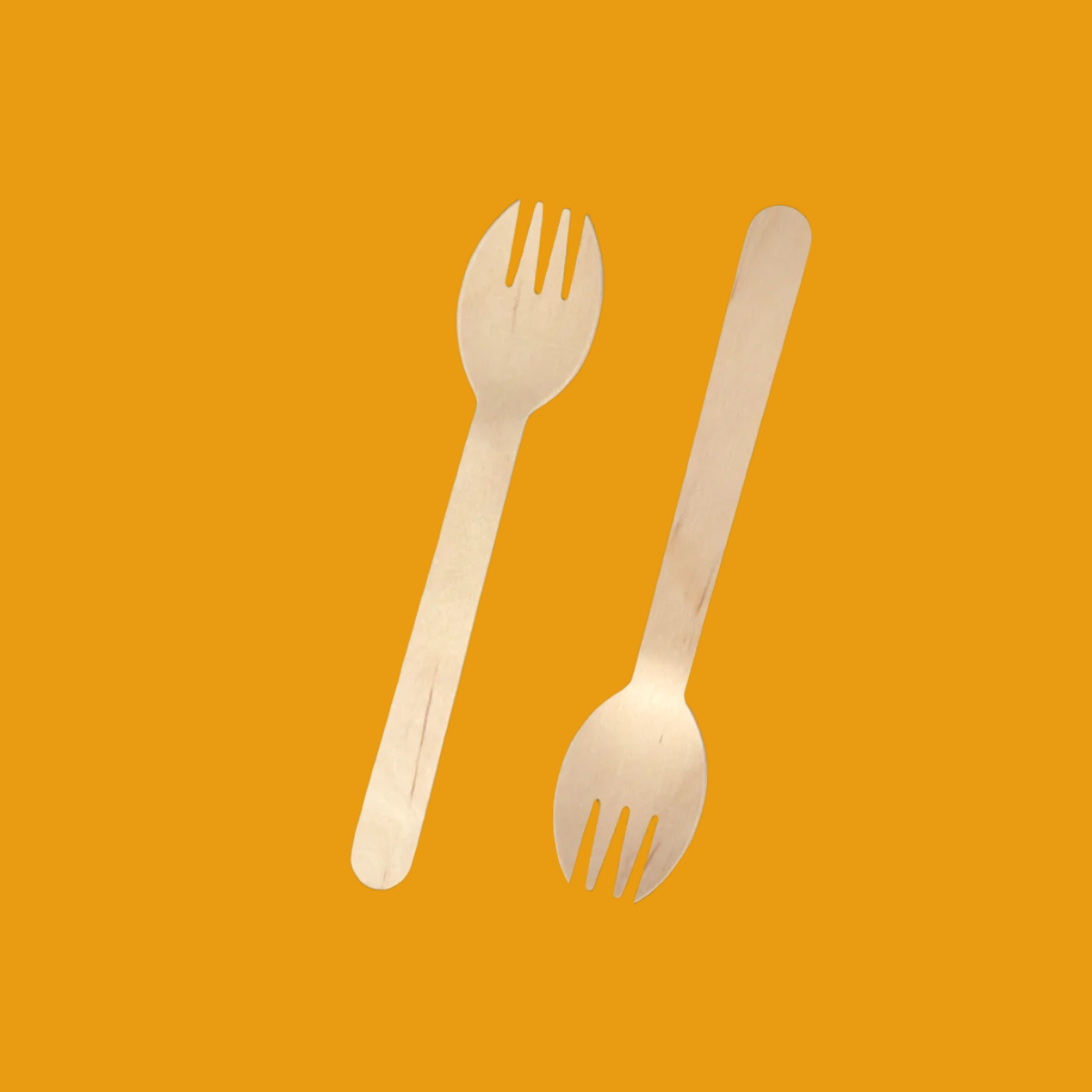Glass cutting boards are becoming increasingly popular in modern kitchens thanks to their aesthetic design and superior hygiene features. But are they the best choice? Let’s take a closer look at the benefits, drawbacks, and how to effectively use glass cutting boards to suit your everyday cooking needs.
- Kitchen Cutting Board : Definition, Uses, and Benefits
- How to Make a Cutting Board: Step-by-Step DIY Guide
- How to Clean Cutting Boards with Vinegar, Bleach and Baking Soda
- Are Bamboo Chopping Boards Good for Knives and Food Safety?
Are Glass Cutting Boards Good?
Glass cutting boards stand out for their elegant appearance, easy cleaning ability and antibacterial properties. However, they also come with some limitations such as being harmful to knives and being fragile. Therefore, to know if glass cutting boards are good or not, you need to consider the advantages and disadvantages compared to other types of cutting boards such as wood or plastic.
Benefits of Glass Cutting Boards
Anti-odor And Easy To Clean
- The glass surface does not absorb liquids or odors from foods such as meat, fish or onions and garlic.
- Just wash with soapy water or a damp cloth, the cutting board will be clean and shiny like new.
Naturally Antibacterial
The non-porous surface of glass reduces the risk of bacteria growth, providing a higher level of hygiene than wooden or plastic cutting boards.

High Aesthetics
Modern design with transparent surface or unique patterns, glass cutting boards are the perfect choice to beautify your kitchen.
Versatile
In addition to being used as a cutting board, they can also be used as a serving tray, cake stand, or even a table decoration.
Disadvantages of Glass Cutting Boards
Harmful to Knives
Due to the hard surface of glass, knives will become dull faster with frequent use.
Slippery
The lack of anti-slip properties makes the board easy to move when cutting food, causing danger.
Fragile
Glass cutting boards can withstand light force, but if dropped or hit hard, they will break and create a risk of injury.

Are Glass Cutting Boards Safe?
Glass cutting boards are safe when used properly. Here are some tips to ensure safety:
- Use moderate cutting force, avoiding foods that require a lot of force such as bones or frozen meat.
- Choose a cutting board with a non-slip pad on the bottom to keep it steady during use.
- Avoid placing glass cutting boards near the edge of the table to avoid the risk of falling and breaking.

Are Glass Cutting Boards Good for All Foods?
- Good foods: Fruits, vegetables, bread, or light dishes.
- Bad foods: Raw meat, bones, or dishes that require a lot of cutting force. Using glass cutting boards for these foods will not only wear out your knife faster, but can also cause it to slip.
FAQs About Glass Cutting Boards
Do Glass Cutting Boards Dull Knives?
Yes, glass cutting boards can dull knives. Their hard, non-porous surface is tougher than most knife blades, causing the edges to wear down quickly. While glass cutting boards are durable and easy to clean, they are not ideal for preserving sharp knife edges. To maintain your knives, consider using softer surfaces like wood or bamboo, which are more knife-friendly. If you prefer glass for its hygiene and aesthetics, reserve it for tasks that don’t require frequent or forceful cutting.
Can I Use Glass Cutting Boards in the Microwave?
Some heat-resistant ones are fine, but check the product information.
How Often Should I Replace My Glass Cutting Boards?
Replace as soon as you notice cracks or wear on the surface, as cracks can become a breeding ground for bacteria.
Conclusion
Glass cutting boards are an ideal choice for those who seek aesthetics and high hygiene in the kitchen. However, to maximize the advantages and minimize the disadvantages, use them properly and store them carefully. With proper care, glass cutting boards will be a reliable companion for delicious and clean meals.









